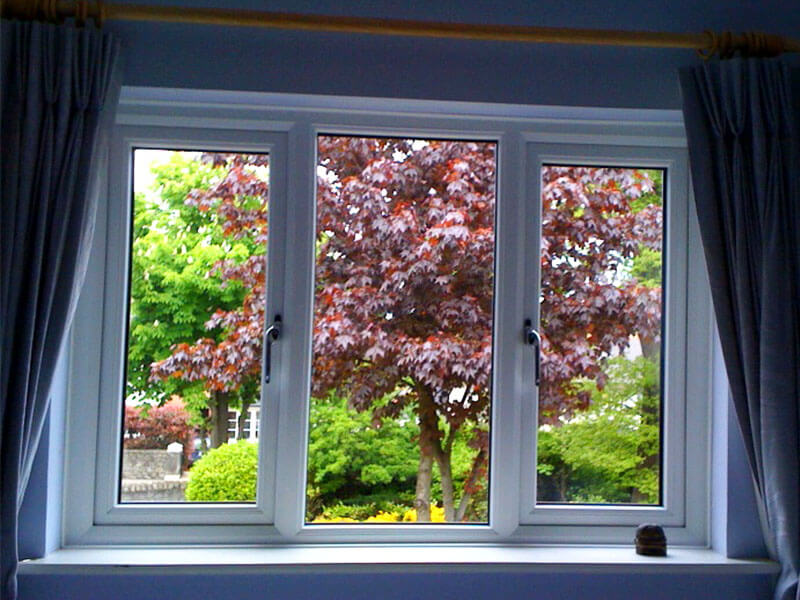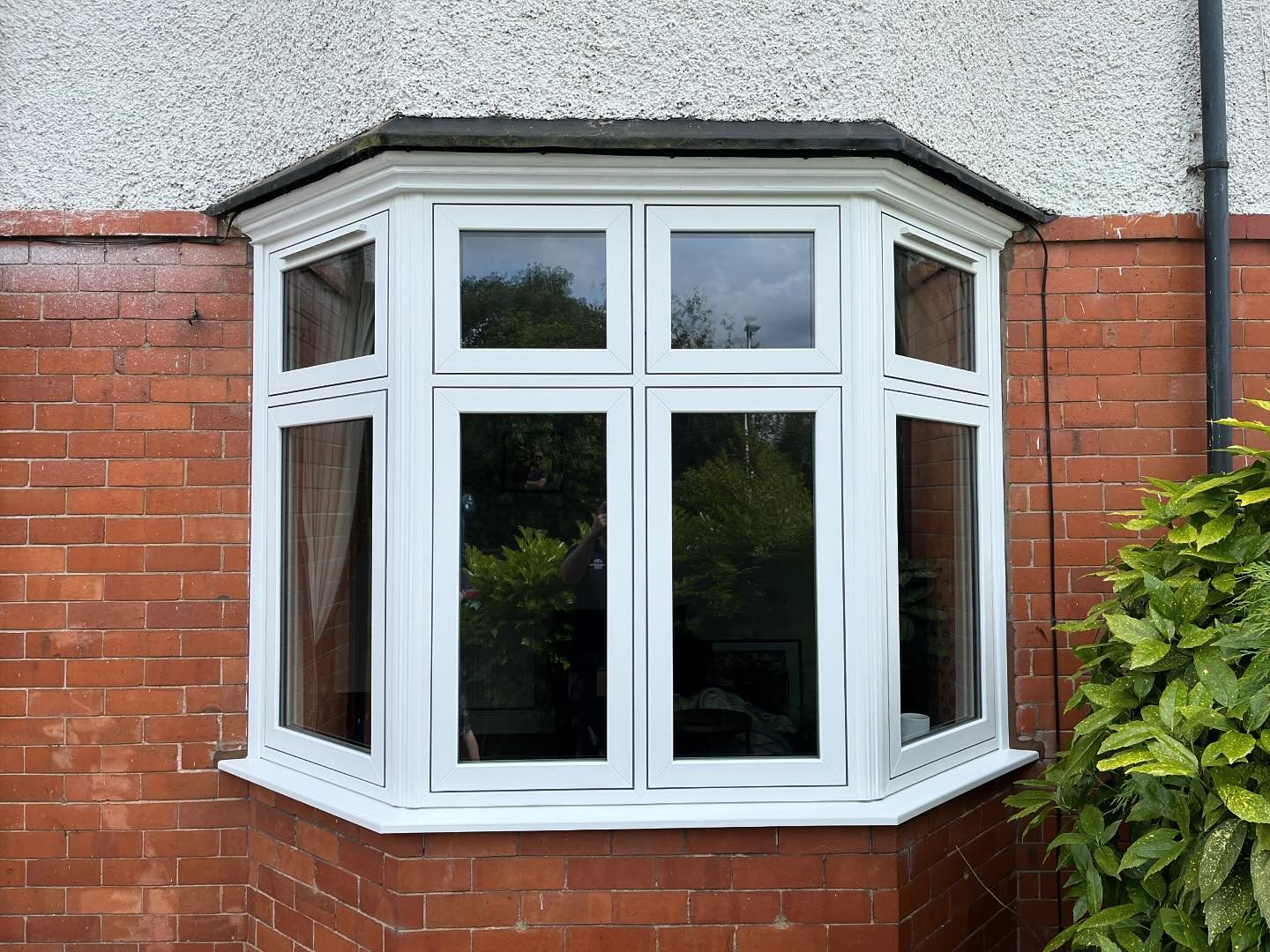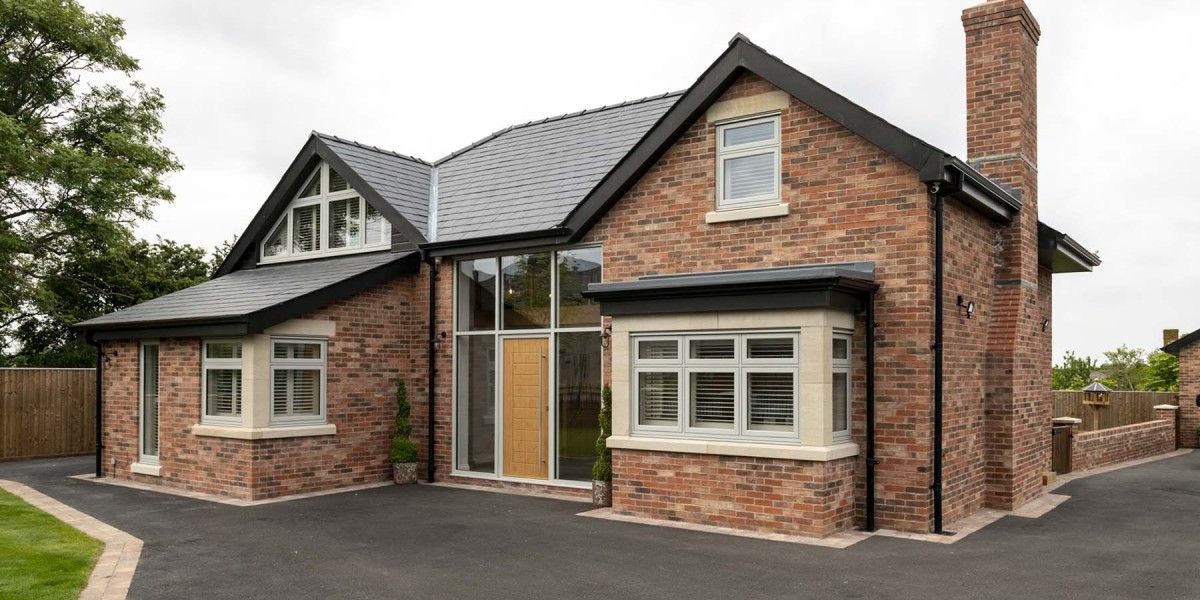Introduction
Glass partitions have emerged as a popular architectural and design solution in modern interior spaces. They provide a versatile way to create distinct areas within a larger environment while maintaining an open and airy feel. This report delves into the various aspects of glass partitions, including their benefits, applications, design considerations, and future trends.
Benefits of Glass Partitions
- Aesthetic Appeal: Glass partitions offer a sleek and contemporary look that enhances the visual appeal of any space. They can be customized with various finishes, textures, and tinting options, allowing for a tailored design that aligns with the overall aesthetic of the building.
- Natural Light: One of the most significant advantages of glass partitions is their ability to allow natural light to permeate through spaces. This not only reduces the need for artificial lighting but also creates a more inviting and pleasant environment, which can enhance productivity and well-being.
- Flexibility and Adaptability: Glass partitions are highly adaptable and can be configured to suit changing needs. They can be easily reconfigured or moved, making them ideal for dynamic workspaces that require flexibility as the organization's needs evolve.
- Acoustic Performance: Modern glass partition systems can be designed to minimize sound transmission, providing a level of privacy while still maintaining an open feel. Acoustic glass options are available to enhance sound insulation, making them suitable for offices, conference rooms, and other collaborative spaces.
- Low Maintenance: Glass is relatively easy to clean and maintain compared to traditional wall materials. A simple routine of cleaning with glass cleaner ensures that the partitions remain clear and presentable.
- Sustainability: Many glass partition systems are made from recyclable materials and can contribute to LEED certification points for green building practices. Additionally, the use of glass can reduce the need for additional lighting, thereby saving energy.
Applications of Glass Partitions
- Office Spaces: Glass partitions are widely used in corporate environments to create private offices, meeting rooms, and collaborative workspaces. They foster a sense of openness while still providing necessary privacy.
- Retail Environments: Retailers utilize glass partitions to create distinct areas within their stores without obstructing visibility. This can enhance customer experience Windows By Ideal Glass allowing them to see through to different sections of the store.
- Hospitality: In hotels and restaurants, glass partitions can be used to create intimate dining areas or private event spaces, adding a touch of elegance while maintaining an open atmosphere.
- Healthcare Facilities: Glass partitions are increasingly being used in hospitals and clinics to create patient rooms and consultation areas. They allow for visibility while ensuring patient privacy and comfort.
- Educational Institutions: Schools and universities use glass partitions to create flexible learning environments that can adapt to various teaching methods and group sizes.
Design Considerations
- Types of Glass: The choice of glass is critical in the design of partitions. Options include tempered glass, laminated glass, and acoustic glass, each offering different levels of durability, safety, and sound insulation.
- Framing Systems: Glass partitions can be frameless or framed, with each option providing a different aesthetic and functional benefit. Frameless systems offer a sleek, modern look, while framed systems can provide additional structural support and design versatility.
- Hardware and Accessories: The selection of hardware, such as hinges, locks, and handles, plays a significant role in the overall functionality and appearance of glass partitions. Designers must choose hardware that complements the glass and meets safety requirements.
- Building Codes and Regulations: Compliance with local building codes and regulations is essential when installing glass partitions. This includes considerations for fire safety, accessibility, and structural integrity.
- Integration with Technology: As technology advances, integrating smart features into glass partitions, such as electronic privacy glass that can switch from transparent to opaque, is becoming increasingly popular. This allows for enhanced privacy on demand.
Future Trends
- Smart Glass Technology: The future of glass partitions may see an increased integration of smart glass technology, which can change opacity and tint based on user preference or environmental conditions, enhancing both privacy and energy efficiency.
- Sustainable Practices: As sustainability becomes a priority in construction and design, the demand for eco-friendly materials and practices will continue to grow. Glass partitions that are made from recycled materials or that contribute to energy savings will be increasingly sought after.
- Biophilic Design: The incorporation of natural elements in design is gaining traction. Glass partitions can be used to create connections to nature, such as views of green spaces or the incorporation of living walls, promoting well-being in work and living environments.
- Modular Systems: The trend towards modular design will likely influence glass partition systems, allowing for easy reconfiguration and customization to meet changing needs in various environments.
Conclusion
Glass partitions are a versatile and stylish solution for modern interior design, offering numerous benefits across various applications. Their ability to enhance aesthetics, promote natural light, and provide flexibility makes them an attractive option for architects and designers. As technology and sustainability practices evolve, glass partitions will continue to adapt, ensuring they remain a key feature in contemporary spaces. Understanding the benefits, applications, and design considerations of glass partitions is essential for making informed decisions in both commercial and residential projects.







